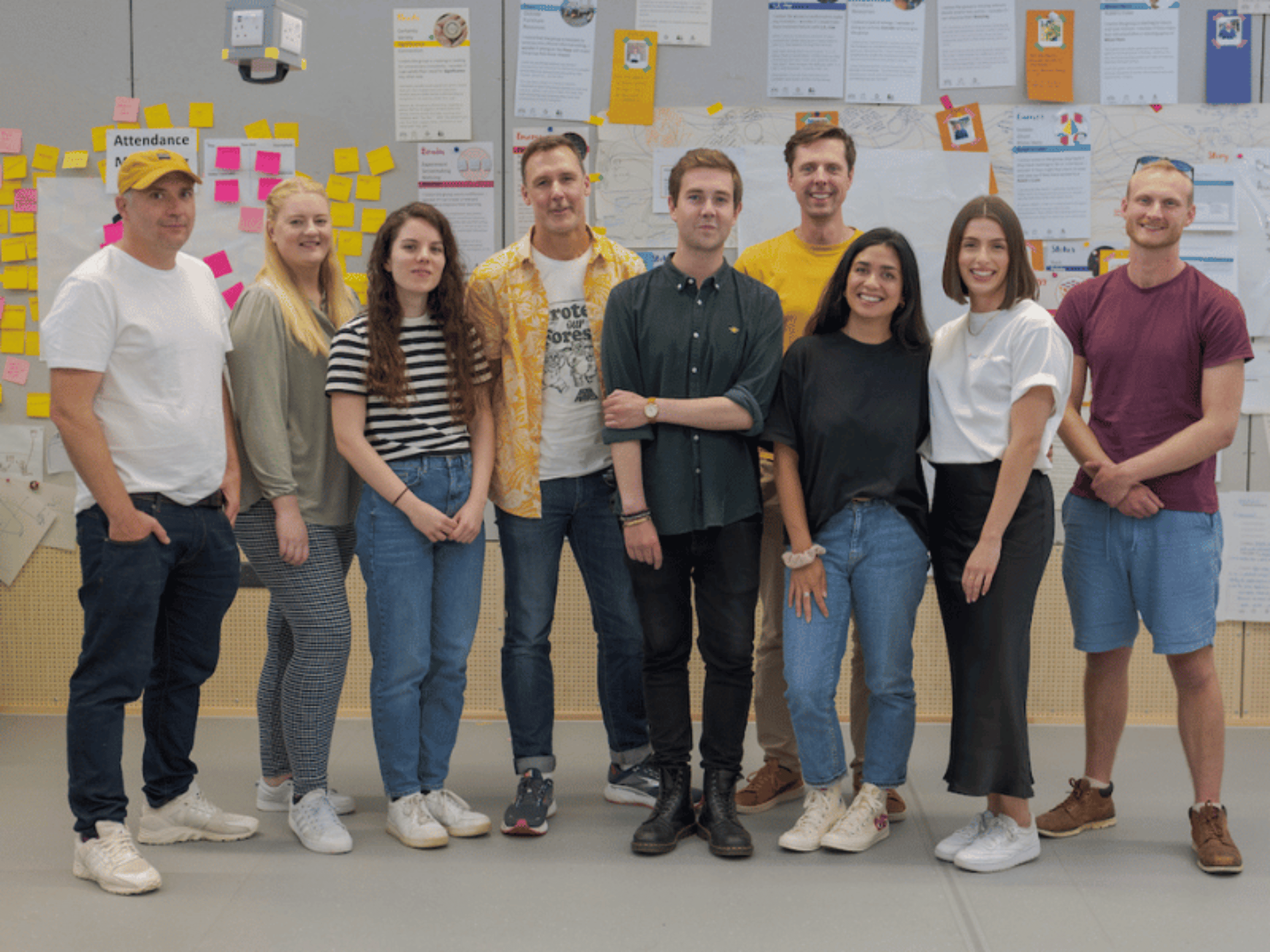The Design Chapter in the Digital team at the University is comprised of user experience (UX) researchers, UX designers, and content designers. The Chapter employs user-centred design principles to help understand user needs, ideate, prototype and test – putting our users at the heart of everything we create, in line with the University’s 2030 digital strategy.
Read this blog to learn what Jasmine’s role as a content designer in the Digital team involves.
What is content design?
Content is many things, or everything depending on how you look at it! It is words, information, images, videos, hierarchy, etc., that together form a digital product or experience such as a webpage or app interface.
As content designers, we look at the behaviour, accessibility, and relationships of content, and as a practice use data and research to organise and create content in a user-centric way.
Think:
What do people need to know and what do they need to do?
When in a journey – or even where on a screen – do users need to see content and take actions?
How can we make it easy for them to understand and do?
And then what else might users want?
How I got started

I wanted to find the right career mix of creativity alongside logic and structures. I heard about content design through working in IT and Digital spaces and from good friends. It piqued my interest. There are some great leaders in the field, with lots of resources available online. I suppose that is the very nature of content design itself, it’s accessible and anyone can learn about it.
I started learning in my own time, and fortunately for me this coincided with a pilot chatbot created with Amazon Web Services. The chatbot needed conversational AI (Artificial Intelligence) design. This, in combination with my previous experience in comms and change management, led nicely to a formal move into content design.
How we work
In our team of two, we work closely with visual and UX designers to make our content look great and function properly. The UX and visual designers also ensure respect for the brand and our design system library. We spend a lot of time with developers; working through the information architecture, content queries and endpoints. We also spend a lot of time rewriting text, questioning page elements and reorganising user journeys.

Example
To add some context, here is a quick example of content and UX design on the Uni app welcome screens.
Changes
Unnecessary content, for example the logo, moved away from focus areas. We focused on making the text easier to understand and more appropriate for the audience group, and broke it up into sections. Call to actions on buttons were made clearer to ensure the user can understand what pressing the button really means.
The future of content design at the University
Our students regularly tell us that they find it hard to navigate the information, resources and teams here. A key issue is that there are multiple teams working in separate but interdependent areas, and a huge amount of information is available from many sources. This causes confusion and delays for our users. This got me thinking: how can we shift into content by theme, not team?
Our challenge is to make content that is accessible and digestible. Our approach is to research, and research again! Simply, let users tell us what content they expect, where to put content and create things in a way that they understand. It will take a long time to achieve this goal, but we are lucky to be collaborating with great teams from External Engagement and Global and IT. I am hopeful that even wider collaboration is coming soon, since we have so many specialist content creators around the University.
To read an eloquent explanation of the practice of content design, start at the What is Content Design blog entry from Sarah Winters (Founder of Content Design London).

If you want to talk more about content design, you can find me in the Forum (Streatham Campus) grappling with a coffee machine or reach me by email at J.barton@exeter.ac.uk.
If you’re interested in how we learn from our students and stay user-centric, check out the work of our UX researchers in this blog post.
– Written by Jasmine Barton, Content Designer for Digital

